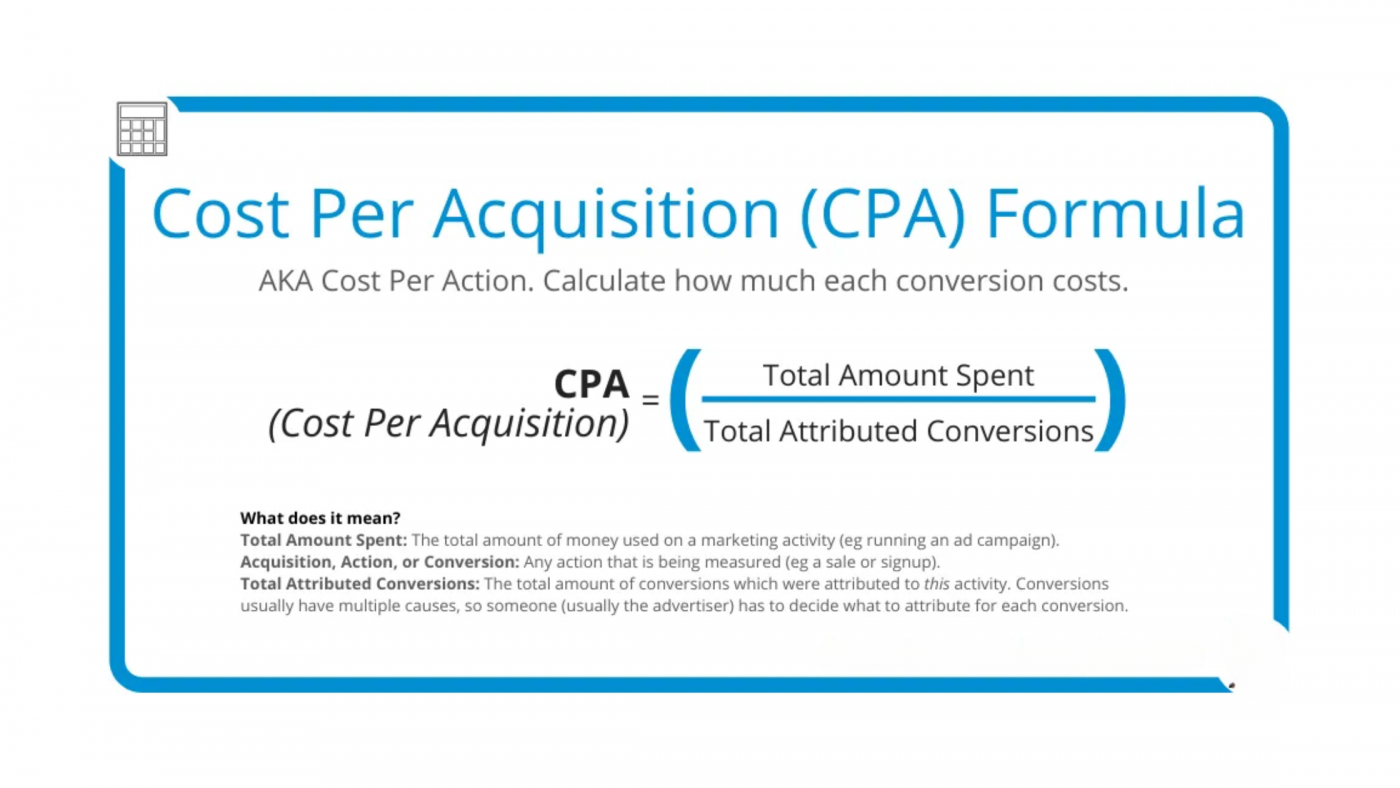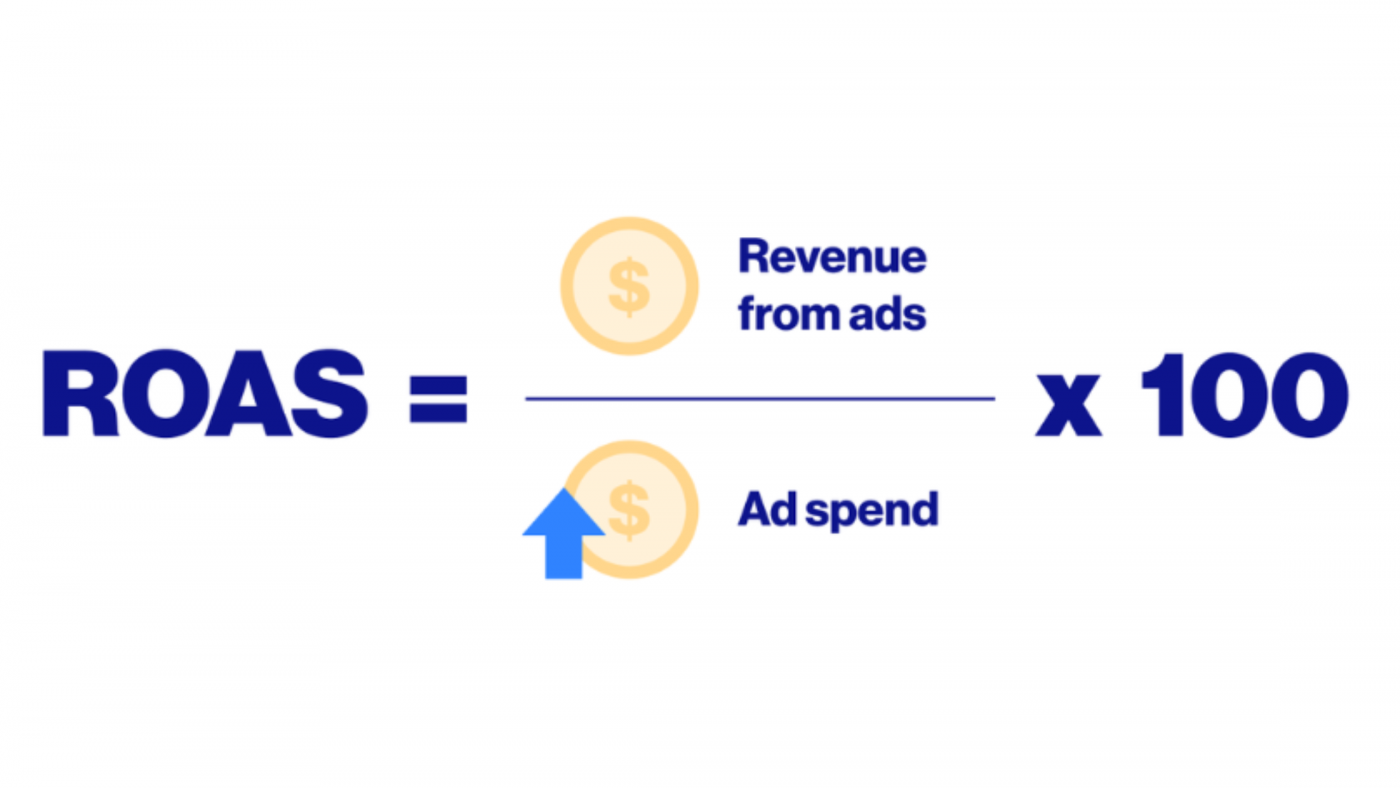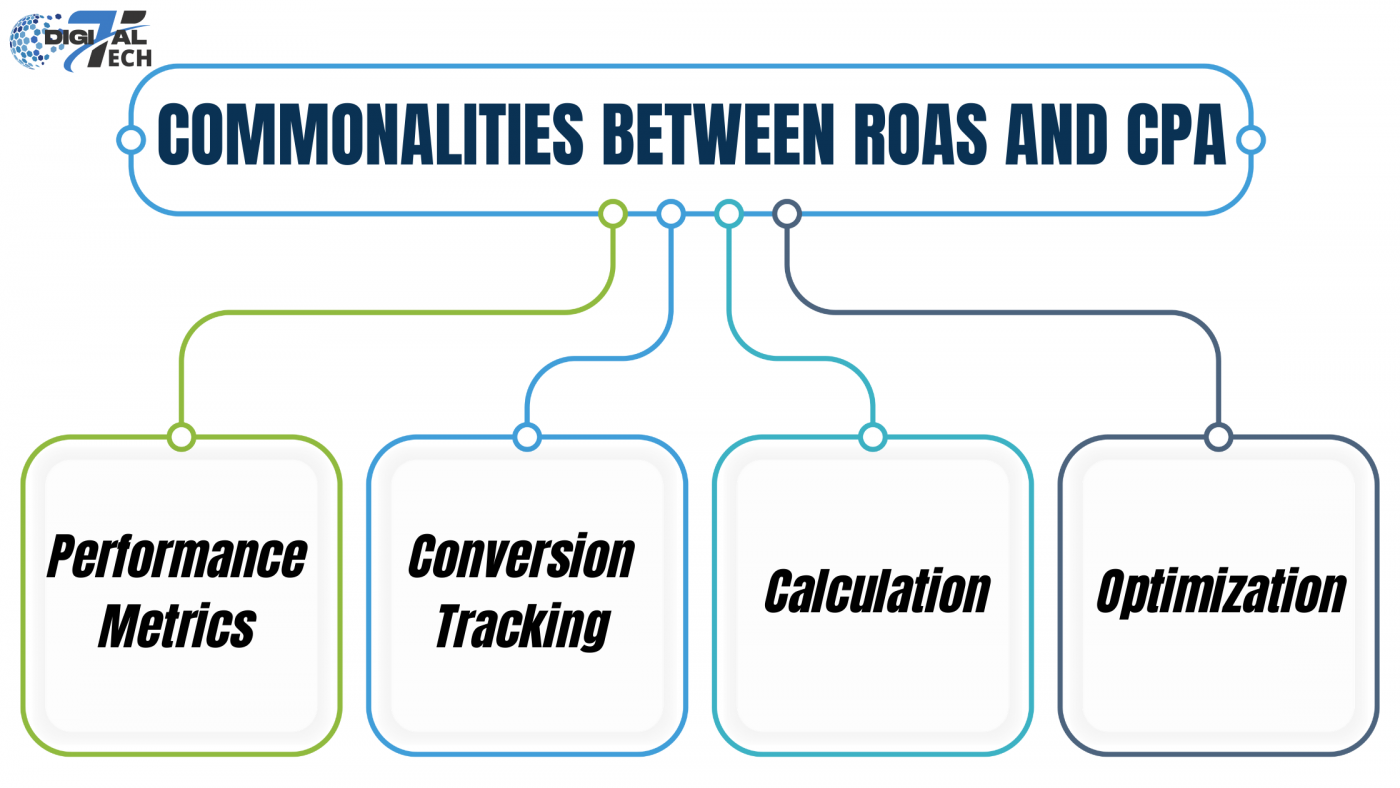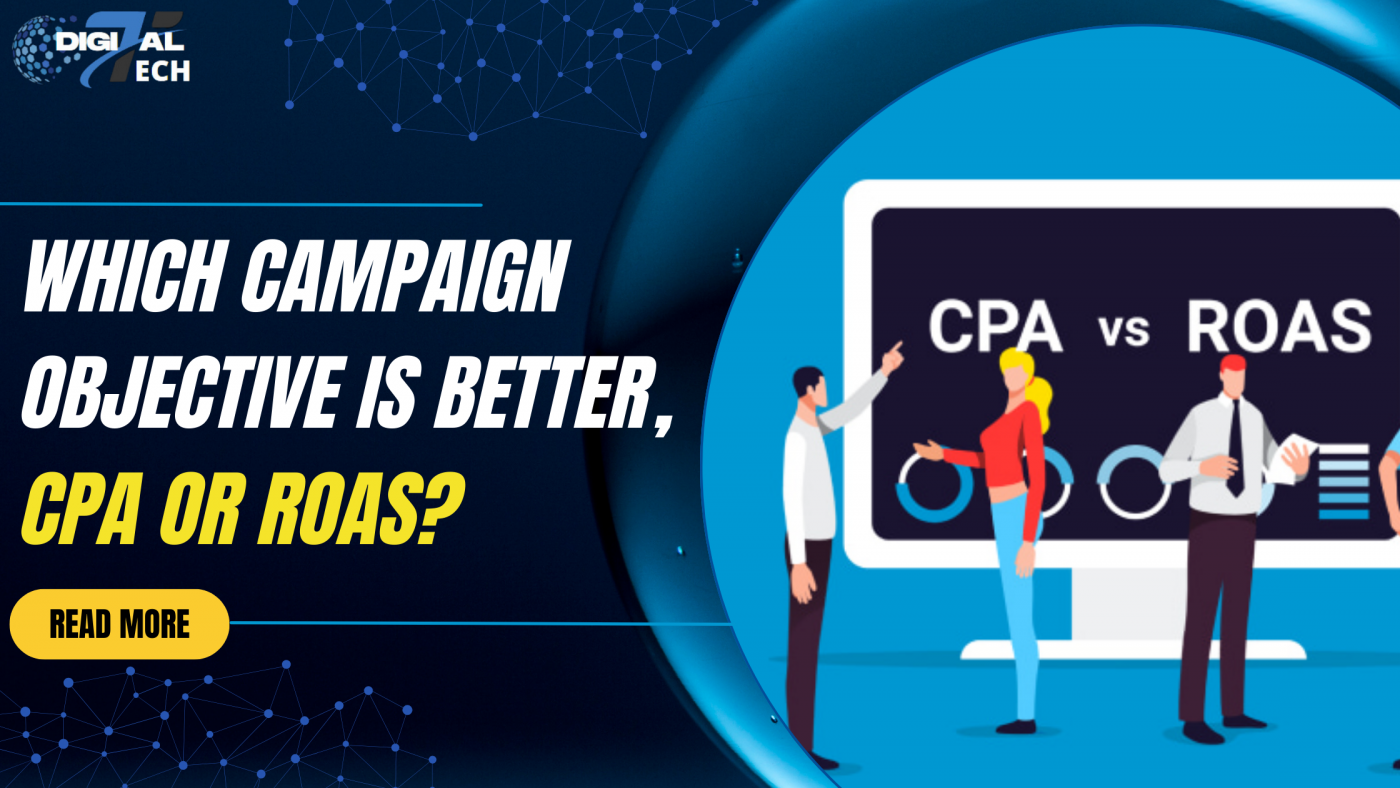Two crucial measures in the realm of digital advertising are CPA vs. ROAS. Both are essential for guaging the effectiveness of marketing initiatives and refining advertising campaigns. There are clear distinctions between the two, even though they have certain similarities. Making educated decisions and reaching your goals requires an understanding of these distinctions and how they affect your advertising effort.
1. The meaning and methodology of CPA

Cost Per Action, or CPA for short, is a marketing term that quantifies the expenses associated with each targeted action, like lead generation or conversion, in digital advertising. It aids companies in determining the potency and efficacy of their marketing initiatives.
To compute CPA, just divide the total campaign cost by the total number of actions that were generated. The cost-per-acquisition (CPA) for a $500 campaign that results in 100 conversions, for instance, would be $5 ($500/100).
2. What qualities make a CPA good?
Formal CPA tools are quite individualized; no single CPA standard exits. Nevertheless, by considering the following elements, you can determine whether or not this is a desirable outcome.
- To what extent does your profit margin matter to you? Would you forfeit some revenue in order to raise brand awareness?
- First off, what is the size of your marketing budget?
- What does the term “conversion actions” mean?
3. Definition and computation of ROAS
In digital advertising, ROAS, or return on ad spend, is a metric used to calculate revenue from the cost of the campaign.
It is computed by taking the advertising campaign’s revenue and dividing it by the campaign’s expenditure. The end product is a ratio that shows how much money is made for each dollar spent on advertising.
The ROAS would be 5:1, indicating that for every dollar spent on advertising, the business made $5 in revenue, for example, if a company spent $100 on advertising and made $500 in revenue. A useful indicator for assessing an advertising campaign’s efficacy and planning future expenditures is return on advertising stock (ROAS).
4. What is a good return on assets?

Similar to your CPA, the quality of your ROAS score is based on a number of factors, including industry and profit margin. However, the majority of companies aim for a 4:1 ratio, meaning that they make $4 for every $1 spent on advertising. But remember that the average ROAS is only 2:1, meaning that $2 is generated for every $1 spent.
5. The distinction between ROAS and CPA
The primary distinction between ROAS (Return on Ad Spend) and CPA (Cost Per Action) is in how they are measured and focused.
The cost of acquiring a certain action, like a purchase or lead, is the emphasis of CPA, whereas ROAS calculates the income gained relative to advertising expenses.
No matter how much a customer spends, CPA is great for customer acquisition, whereas ROAS seeks to maximize income. Measurement-wise, ROAS determines the ratio of revenue to ad spend, whereas CPA determines the average cost per action.
6. Commonalities between ROAS and CPA

Digital advertising indicators, such as CPA vs. ROAS, are used to assess the efficacy and efficiency of campaigns. Despite their disparate functions, they have certain things in common:
- Performance Metrics: The comparison of CPA and ROAS can shed light on the efficacy of advertising initiatives.
- Conversion Tracking: In order to monitor the intended activities that users do, like buying something, completing a form, or subscribing to a newsletter, both metrics require conversion tracking.
- Calculation: Based on intended actions and advertising expenditures, both measures require computations. The goals and formulas, however, are different.
- Optimization: By using both measures, advertising campaigns can be made more effective and data-driven decisions may be made to provide better outcomes.
While there are some similarities, it’s crucial to remember that CPA and ROAS differ greatly and serve different functions in the context of digital advertising.
7. Which is better to use: CPA or ROAS?
- When customer acquisition and equal conversion value are your main goals, use CPA (Cost Per Action). The average cost per action is determined by SmartLink CPA, which makes it a valuable indicator for estimating the expense of obtaining a certain action. In the e-commerce industry, it is frequently utilized.
- When maximizing income earned relative to advertising costs is the aim, use ROAS (Return on Advertising Spend). In order to produce positive revenue flow, ROAS calculates the ratio of revenue to ad spend. It is very helpful when determining whether to keep spending money and how effective advertising efforts are.
8. Best practices comparing ROAS to CPA
1. Configure a conversion monitoring system

The content you are trying to optimize for both bidding strategies needs to be visible to Google Analytics. Analytics for CPA should specify the goal action. Analytics must also capture “Purchases” on your website in order to achieve the necessary ROAS.
Make the error of believing that extra actions, such “add to cart,” are acts that generate income or lead to conversions. Rather, carefully set these options as they will affect the decisions that Google Ads makes going forward.
Naturally, in order for these campaigns to be successful, you’ll need to integrate Google Ads with Google Analytics; chances are, you’ve already set up affiliate tracking software for free.
2. Start without using a focused bidding approach

The goal of your first campaign shouldn’t be CPA over ROAS because Google doesn’t have enough information about your business to optimize your bids.
These substitutes work best if you’ve ran additional ads and gathered enough information for Google’s platform to draw reliable judgments. The software will largely forecast what will drive high-quality leads to your website if you launch your business with CPA.
Start with more conventional options and move to either desired option as you gather more information.
3. Set realistic goals

Setting unreasonable targets like a target ROAS of ten times your ad spend or a CPA to acquire new customers at a rate of one dollar per customer is not a good idea. Instead, set a modest initial target and raise it progressively as the campaign goes on.
As Google’s automated bidding algorithm gains experience in identifying and presenting the right offers to the right audiences, it will get better over time.
It will be more successful to increase your ambitions gradually than to aim for an ambitious target all at once. However, aiming too high from the beginning may not produce the same outcomes as defining a target ROAS or target CPA.
Establishing precise objectives for every phase will greatly increase ROI and boost your company’s earnings.

